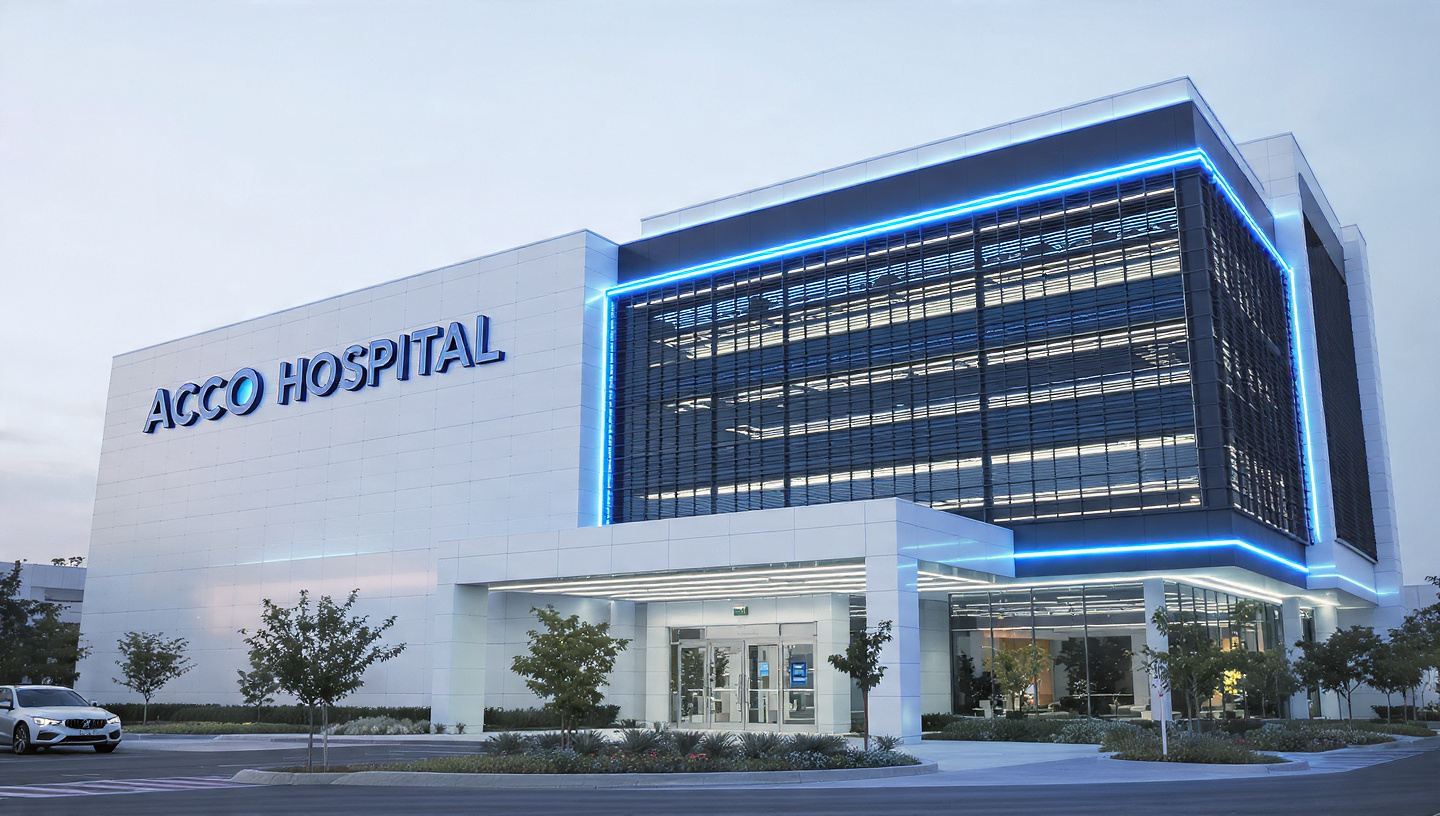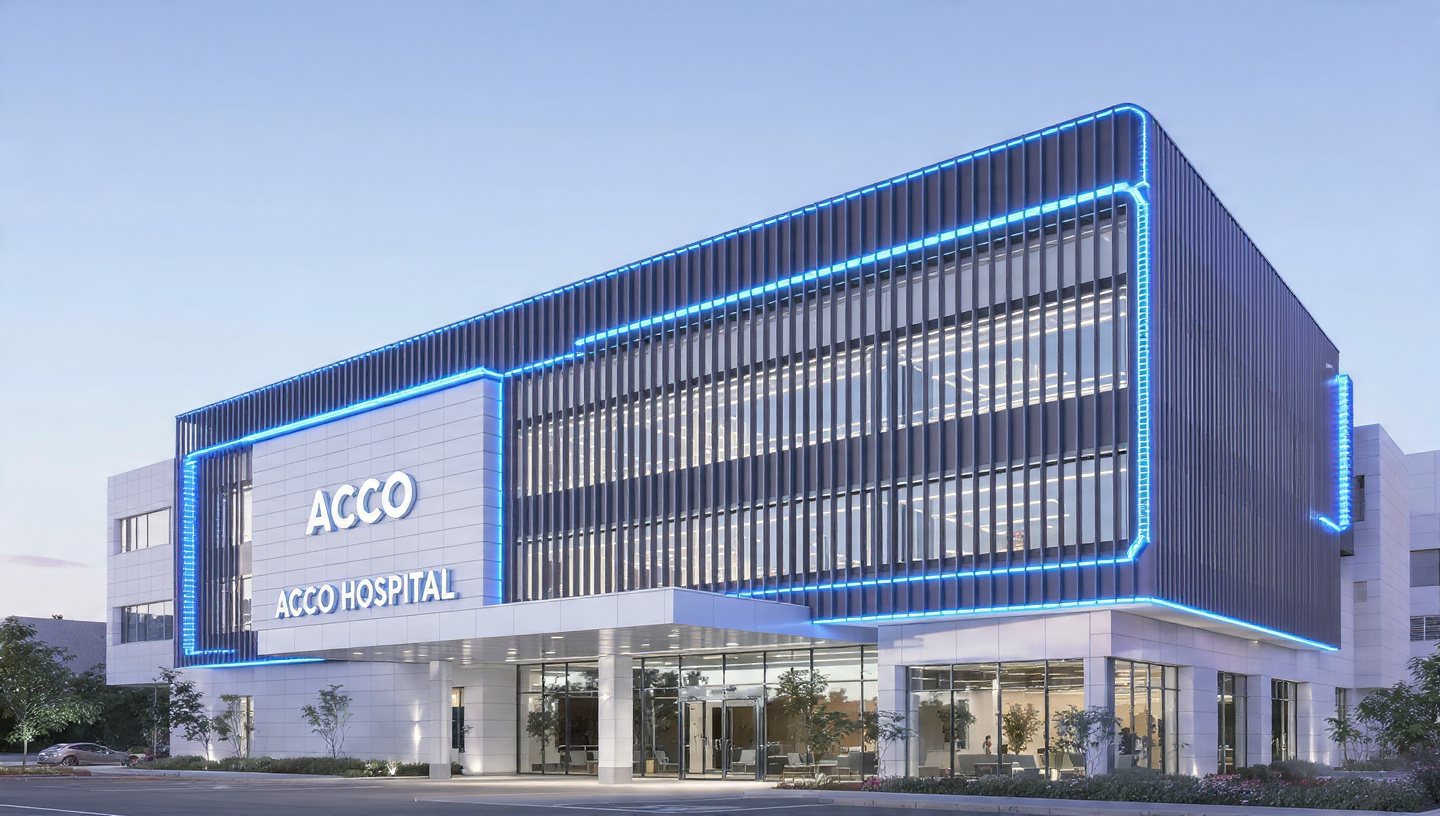
ACCO Sustainable High-rise Construction Lahore
Introduction
- Overview of ACCO and its mission
- Introduction to sustainable high-rise construction
- Relevance of sustainable construction in Lahore
- Importance of this topic in the current environmental context
Historical Context of High-rise Construction
- Evolution of high-rise buildings globally
- History of high-rise construction in Lahore
- Milestones in sustainable construction
Key Principles of Sustainable Construction
- Definition and principles of sustainability in construction
- Environmental impact reduction
- Energy efficiency
- Resource management
- Waste minimization
Technical Specifications of Sustainable High-rises
- Green building materials
- Energy-efficient systems
- Water conservation technologies
- Waste management systems
Applications of Sustainable High-rise Construction
- Residential buildings
- Commercial buildings
- Mixed-use developments
Benefits of Sustainable High-rise Construction
- Environmental benefits
- Economic benefits
- Social benefits
Challenges and Limitations
- Financial constraints
- Technological challenges
- Regulatory and policy barriers
- Market acceptance
Latest Innovations in Sustainable High-rise Construction
- Advanced building materials
- Smart building technologies
- Renewable energy integration
Future Prospects
- Predicted trends in sustainable construction
- Potential technological advancements
- Future projects in Lahore
Comparative Analysis
- Comparison with conventional high-rise construction
- Comparison with sustainable high-rise construction in other cities
Case Studies
- Successful sustainable high-rise projects by ACCO
- Notable sustainable high-rises in Lahore
- International examples of sustainable high-rise buildings
Personal Stories or Experiences
- Experiences of residents in sustainable high-rises
- Stories from construction workers and engineers
Expert Insights
- Interviews with sustainability experts
- Quotes from industry leaders
User Guides or Tutorials
- How to assess the sustainability of a high-rise building
- Steps to implement sustainable practices in high-rise construction
Conclusion
- Summary of key points
- Call to action for sustainable practices in construction
Introduction
Overview of ACCO and Its Mission
Architectural Construction Company (ACCO) is a pioneer in the field of construction, known for its innovative approach and commitment to sustainability. ACCO’s mission is to lead the industry towards a future where sustainability is the norm, not the exception. This mission is reflected in their projects, which emphasize eco-friendly practices, energy efficiency, and sustainable materials.
Introduction to Sustainable High-rise Construction
Sustainable high-rise construction refers to the practice of building skyscrapers and other tall buildings in a way that minimizes their environmental impact. This involves the use of green building materials, energy-efficient systems, water conservation technologies, and effective waste management. The goal is to create structures that not only meet the needs of today’s population but also preserve resources and reduce environmental degradation for future generations.
Relevance of Sustainable Construction in Lahore
Lahore, as a rapidly growing metropolis, faces significant challenges related to urbanization, including increased energy consumption, waste production, and resource depletion. Sustainable high-rise construction is particularly relevant in Lahore due to its potential to address these issues. By adopting sustainable practices, the city can manage its growth more effectively, reduce its carbon footprint, and improve the quality of life for its residents.
Importance of This Topic in the Current Environmental Context
The importance of sustainable construction cannot be overstated in today’s environmental context. Climate change, resource scarcity, and environmental degradation are pressing global issues that require immediate action. Sustainable high-rise construction offers a viable solution to these challenges by promoting energy efficiency, reducing waste, and conserving natural resources. As such, it is a critical topic for architects, builders, policymakers, and the general public.
Historical Context of High-rise Construction
Evolution of High-rise Buildings Globally
High-rise buildings have evolved significantly since their inception in the late 19th century. The advent of steel-frame construction and the invention of the elevator paved the way for the first skyscrapers in cities like Chicago and New York. Over the decades, high-rise buildings have become symbols of modernity and economic power, with cities around the world competing to build the tallest and most innovative structures.
History of High-rise Construction in Lahore
Lahore’s journey towards high-rise construction began in the late 20th century as the city expanded and urbanized rapidly. Initially, high-rise buildings were primarily commercial, housing offices and businesses. However, in recent years, there has been a shift towards residential high-rises to accommodate the growing population. This shift has necessitated a greater focus on sustainability to manage the environmental impact of urban development.
Milestones in Sustainable Construction
The journey towards sustainable high-rise construction has been marked by several key milestones. Early examples of green buildings used simple techniques such as passive solar design and natural ventilation. Over time, advancements in technology have enabled more sophisticated solutions, such as smart energy systems and high-performance building materials. In Lahore, ACCO has been at the forefront of these developments, pioneering sustainable practices in high-rise construction.
Key Principles of Sustainable Construction
Definition and Principles of Sustainability in Construction
Sustainability in construction refers to the practice of creating buildings that have minimal environmental impact and contribute to the well-being of their occupants. The key principles of sustainable construction include environmental impact reduction, energy efficiency, resource management, and waste minimization.
Environmental Impact Reduction
Reducing the environmental impact of construction involves minimizing the use of non-renewable resources, reducing greenhouse gas emissions, and protecting natural habitats. This can be achieved through the use of sustainable building materials, efficient construction practices, and the incorporation of green spaces.
Energy Efficiency
Energy efficiency is a cornerstone of sustainable construction. It involves designing buildings that use less energy for heating, cooling, lighting, and other operations. This can be achieved through the use of energy-efficient appliances, improved insulation, and renewable energy sources such as solar and wind power.
Resource Management
Effective resource management in construction involves the sustainable sourcing and use of materials, water, and other resources. This includes selecting materials with low environmental impact, using recycled and recyclable materials, and implementing water conservation measures.
Waste Minimization
Minimizing waste during construction and throughout the lifecycle of a building is essential for sustainability. This involves reducing, reusing, and recycling materials, as well as designing buildings that produce less waste over their operational lives.
Technical Specifications of Sustainable High-rises
Green Building Materials
Green building materials are those that have a low environmental impact, are energy-efficient, and promote healthy indoor environments. Examples include recycled steel, bamboo, reclaimed wood, and low-VOC (volatile organic compound) paints. These materials are chosen for their durability, renewability, and ability to reduce the carbon footprint of a building.
Energy-efficient Systems
Energy-efficient systems are integral to sustainable high-rise buildings. These include HVAC systems that use less energy, LED lighting, and energy management systems that optimize energy use. Additionally, buildings can incorporate renewable energy sources such as solar panels and wind turbines to reduce reliance on fossil fuels.
Water Conservation Technologies
Water conservation is another critical aspect of sustainable construction. Technologies such as low-flow fixtures, rainwater harvesting systems, and greywater recycling can significantly reduce water use. Additionally, landscaping with drought-tolerant plants and efficient irrigation systems can help conserve water.
Waste Management Systems
Effective waste management systems are essential for minimizing the environmental impact of high-rise buildings. These systems include on-site recycling facilities, composting systems, and waste-to-energy technologies. By managing waste efficiently, buildings can reduce their contribution to landfills and lower their overall environmental impact.
Applications of Sustainable High-rise Construction
Residential Buildings
Sustainable high-rise construction is increasingly being applied to residential buildings. These buildings offer numerous benefits, including reduced utility costs, improved indoor air quality, and a smaller environmental footprint. Sustainable residential high-rises are designed to provide comfortable, healthy living spaces while minimizing resource use and waste.
Commercial Buildings
Commercial buildings, such as offices and retail spaces, are also embracing sustainable construction practices. These buildings are designed to be energy-efficient, reduce operating costs, and enhance the well-being of occupants. Features such as green roofs, energy-efficient lighting, and advanced HVAC systems are common in sustainable commercial high-rises.
Mixed-use Developments
Mixed-use developments, which combine residential, commercial, and sometimes industrial spaces, are an ideal application for sustainable high-rise construction. These developments promote efficient land use, reduce the need for transportation, and create vibrant, sustainable communities. Sustainable mixed-use high-rises incorporate a variety of green features to meet the diverse needs of their occupants.
Benefits of Sustainable High-rise Construction
Environmental Benefits
Sustainable high-rise construction offers significant environmental benefits. By using less energy and water, and producing less waste, these buildings help to reduce greenhouse gas emissions, conserve natural resources, and protect ecosystems. Additionally, sustainable buildings often incorporate green spaces, which can enhance biodiversity and improve urban air quality.
Economic Benefits
Economic benefits are another compelling reason to adopt sustainable high-rise construction. While the initial costs of sustainable building practices may be higher, the long-term savings on energy, water, and maintenance can be substantial. Additionally, sustainable buildings can attract higher property values and rental rates, making them a wise investment.
Social Benefits
Sustainable high-rise buildings also offer numerous social benefits. They provide healthier living and working environments, with better air quality, natural lighting, and thermal comfort. Additionally, these buildings often promote social interaction and community engagement through the inclusion of communal spaces and amenities.
Challenges and Limitations
Financial Constraints
One of the primary challenges of sustainable high-rise construction is the higher
4o




